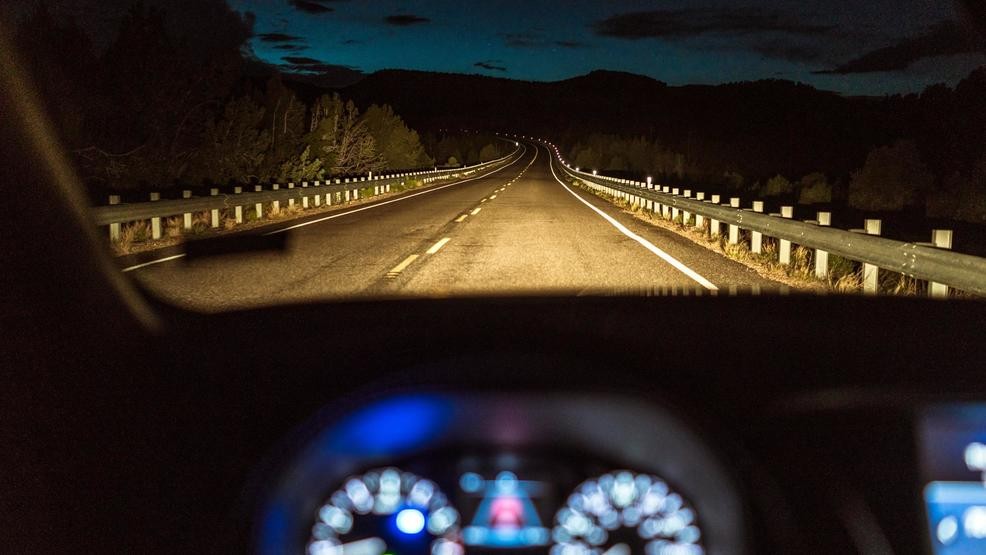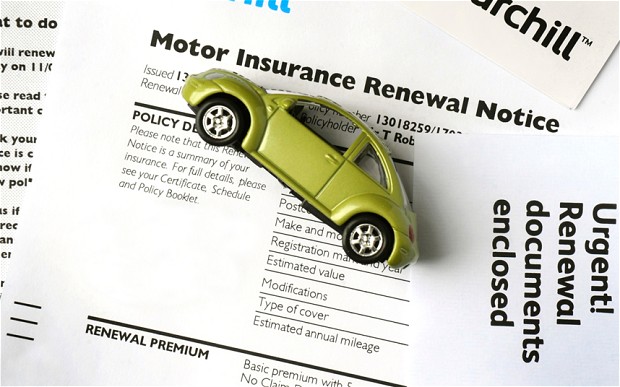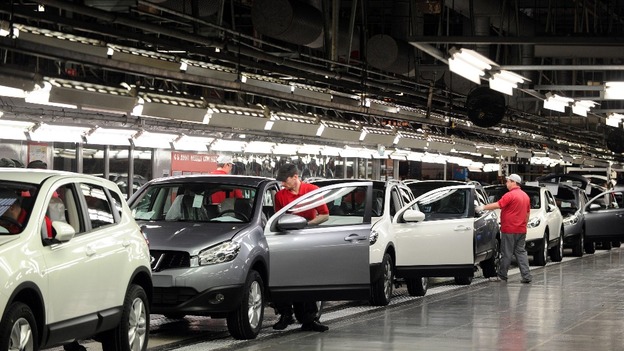Being in Pakistan, especially while living in Karachi we all are pretty much familiar with the routine, which is markets opening late (a little change in trend during COVID-19). The markets closing late and all social gatherings usually happen at night only!!
Normally not driving a car is not an option, another reason is keeping in view that how the days in this city of lights are hot and humid but evenings are warm and cosy.
So a question that arises here is that is really driving after dark really that risky? As per the research from the National Safety Council says it is. According to the statistics, the organisations claim that “Traffic death rates are three times greater at night than during the day.” To keep you safe and to safeguard against on the road after sundown, we’ve put together an important list of top tips for driving safely at night.
Tips to know…
1. Clean Your Windshield
It may seem like regular maintenance your everyday tip, and sure a dirty windshield seems annoying and irritating but harmless during the day – but it can cause a blinding stare when sunlight and headlights hit the driver just right. Dust and grime that you might not notice and bother you at all during the day can build up on the inside of the vehicle, too, so it’s important and imperative to clean your windshield both inside and out at the time of cleaning.
2. Check Your Headlights
Oh Yeah…. another significant thing to remember is are your headlight and taillights are functioning in proper order? Are they aimed properly at the roads and is their angle set properly? What about your turn signals? (also known as an indicator) You want to see and be seen without blinding other drivers, so make sure everything is aimed and working just right. One thing more is that feel free to turn on your lights an hour before the sun goes down, doing this may help other drivers see you coming and would help in avoiding any untoward accidents and mishaps.
3. Don’t Look Into the Light
According to a survey, many times people are blinded by the light coming on from the other lane. This usually happens when the roads are narrow and you are directly affected by the light of the oncoming car. The best way to avoid momentary blindness is to try not to look openly into the lights of oncoming traffic. When cars are coming at you, do your best to cast your gaze down and to the right, while focusing on the white line. This will prevent you from being temporarily blinded by their headlights.
4. Increase Distance and Reduce Speed
During rush hours and after our office ends, sometimes after a long day of late sittings or just after our normal working hours. Sure, we’re all in a rush to get home, but dropping your speed and avoiding pursuing is far in the cards to get you home or your desired destination safe and sound. Use your headlights religiously to help you gauge and measure your distance and stopping time. If while driving can’t stop within the illuminated of the taillights it means that you are in the area you’re too close to! Another way to grasp your distance is by using the 3-second rule: as the vehicle ( car or bike) in front of you passes a designated landmark along the road (a tree, a construction barrel, etc.), there should be at least a 3-second gap/delay before you reach the same area. If it takes less than 3 seconds to reach the same place or a landmark, slow down!
5. Be Seen on the Side if and when you have to pull over
If you feel the need to pull over while driving, be sure you’re easily seen and spotted by other drivers. To be on the safer side carry reflective triangles, turn on your hazard lights, and even switch on your dome light to increase your chances of being seen at night on any highway or roads. The important thing to remember: the safest place to wait for help or any kind of assistance is inside your car.
6. Don’t be Distracted
Rule number one when you start driving is whether you’re texting, trifling with the radio, or dining in your car, taking your attention off the road is extremely dangerous. It’s not just the cumbersome fines that make distracted driving a risky business. It usually happens that when you’re tired after a long day at work, your reaction times will be reduced or it can be a little delayed as well. Taking your full attention off the road is a bad idea.
7. Watch for Pedestrians
An important element of every drive and what needs to be taken care of is remembering that walkers and joggers don’t always wear safety gear, and they can be incredibly difficult to see after dark. Always take extra time and give extra attention to watch for pedestrians, especially on poorly-lit roads and even highways at the time, someone may have parked on the side. If you’re at a juncture, be sure to look both ways and if driving in Pakistan sideways as well before you make your vehicle move to ensure that no one is stepping off the curb.
8. Don’t Drink and Drive
Intoxication related accidents are four times higher at night than during the day. Don’t put yourself or others at risk and endanger their lives by driving under the influence. Make sure that you use defensive driving techniques and keep an eye out for signs of intoxicated driving, especially after dark. There are multiple ways to analyse and see if the person is under some influence. If you do suspect someone is driving under any substance influence, keep your distance and if you can, safely call 15.
9. Be Extra Defensive
According to the research report, people to people under influence or being extremely posed while driving poses a bigger risk after Dara, which has found that the rate of fatal crashes into judgment rationale judgment impairment is almost four times higher at night than during the day. Of course, never get behind the wheel after under a substance influence, no matter what time of day it is (don’t drive while distracted either); but at night, it’s a good idea to put your defensive-driving instincts on high alert.
10. Take your car in for maintenance
Routine vehicle maintenance can help you avoid the stress of car troubles. This includes an up-to-date oil change, battery check, and tire rotation, according to the NHTSA. And like we said, fixing any cracked windshield or broken headlight makes it easier and safer to drive at night. Ask your mechanic to check if your headlights are misaligned, which can happen from regular use and cause them to not work as well. Test your headlights in the low- and high-beam settings to ensure they function properly.
11. Avoid driving after sunset if you have poor night vision
Just thinking about getting behind the wheel might invoke stress if you’re constantly squinting at night. According to the Cleveland Clinic, there are several reasons you might have trouble seeing clearly at night, including nearsightedness, certain medications, cataracts, or retinitis pigmentosa, a genetic condition that impairs how well you detect light. Or you may notice more glare from lights because our eyes change as we age, according to the American Optometric Association. In some cases, like nearsightedness, updating your glasses or contact lens prescription may correct the problem. However, people with cataracts would require surgery to remove the film from their lens to notice any improvements.
Understandably, you may not feel comfortable going to the doctor’s office for an exam or surgery during the pandemic. (Here is what you need to know about seeking medical care during COVID-19.) Ultimately, speak with your eye doctor about any vision concerns and whether you can safely drive at night.
12. Actually use your high beams
Forgetting about your high beams, especially in isolated areas, is a mistake because they can improve visibility when driving at night. The American Association of Motor Vehicle Administrators recommends using this setting whenever there are no oncoming vehicles around. Dim your high beams when another car approaches, and switch to low beams when you’re driving behind another vehicle or in the fog, rain, or snow. (Or some cars have fog lights that you can use in inclement weather conditions.)
13. Watch for signs of fatigue
It’s important to make sure you’re well-rested and alert whenever you’re behind the wheel. But your brain makes more sleep-inducing melatonin when it’s dark, meaning you’re more likely to get tired while driving at night. “The risk of drowsy driving crashes is elevated at night because our brains are hard-wired to sleep at night,” Price says.
It’s not safe to assume that you can drive for long periods of time without getting sleepy. Research shows that driving after being awake for 18 hours is similar to driving with a blood alcohol concentration (BAC) of 0.05%, according to the research. For context, a BAC of 0.08% is considered intoxicated in the majority of the states.
“If you experience any eye droop or fatigue, find a safe place along your route to stop and rest, and pick up the drive again in the morning,” experts say.
14. Make yourself visible during nighttime emergencies
Should you encounter any car troubles, try to pull off the road and get to a safe place that’s free of moving vehicles, such as a service station or parking lot, before calling a tow truck or other emergency personnel. If you can’t get to one of these safe locations, it’s safer to pull onto the shoulder than to stop in the driving lane but it’s still risky to do that on a highway.
The issue is that the “Other drivers may not recognize that a car is stopped in the shoulder and could strike it from behind,” experts explain. “Even if you’re an expert at changing tires, doing so in the dark on the side of the road puts you at unnecessary risk of being hit by another vehicle,”. Hopefully, you won’t encounter any issues on a future nighttime road trip. However, preparation goes a long way in making your road trips safer. And following all of these tips can help you have a calmer, more enjoyable nighttime drive.
Last but not the least, one thing that should be with the car and the driver is procuring car insurance on priority. The car insurance at the time of crisis will act as a knight in shining armour. If there is any accidental issue that leads to car damage or personal injury, the financial blow to the greater extent would be covered by the car insurance provider. If you have not gotten your car insurance up till now get it today to live a relaxed and trouble-free life.



